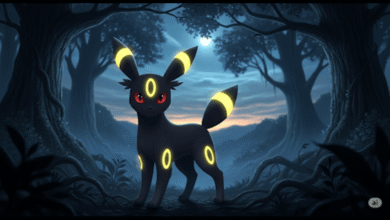Roblox Coloring Pages: Fun, Creativity, and Learning for Kids

Roblox has become one of the most popular online platforms for kids and teens around the world. With millions of games created by users, it sparks imagination, creativity, and social interaction. But did you know that Roblox coloring pages are also a growing trend among children and parents? These printable pages give kids the chance to bring their favorite Roblox characters, avatars, and scenes to life with colors, while enjoying an offline activity that balances screen time.
In this article, we’ll explore the world of Roblox coloring pages, their benefits, and why they are so engaging for young fans. We’ll also share answers to some of the most common questions parents ask.
What Are Roblox Coloring Pages?
Roblox coloring pages are printable sheets featuring outlines of Roblox avatars, game characters, accessories, pets, and iconic in-game items. They are designed for children to color using crayons, markers, colored pencils, or digital coloring apps.
You can find pages that represent:
- Classic Roblox avatars and outfits
- Popular games like Adopt Me, Brookhaven, or Bloxburg
- Funny Roblox memes and dance poses
- Pets, vehicles, and accessories from different Roblox worlds
These coloring pages are often free online and can be printed at home, making them a cost-effective and creative activity.
Benefits of Roblox Coloring Pages
- Encourages Creativity – Kids can mix and match colors to design unique Roblox outfits or reimagine characters.
- Educational Value – Coloring helps improve fine motor skills, hand-eye coordination, and focus.
- Offline Fun – It provides a healthy break from screens while keeping children engaged with their favorite theme.
- Stress Relief – Just like adults enjoy coloring books for relaxation, children find it calming and enjoyable.
- Family Bonding – Parents can join in and color alongside their kids, turning it into a fun shared activity.
How to Use Roblox Coloring Pages
- Print at Home – Download free pages from trusted sites and print them on plain or thick paper.
- Color Digitally – Import pages into a drawing app or tablet for a mess-free digital coloring experience.
- Create Custom Avatars – Kids can color their own Roblox avatar to match their in-game character.
- Craft Activities – Finished pages can be cut out, framed, or turned into posters, bookmarks, and DIY decorations.
Where to Find Roblox Coloring Pages

There are multiple websites and Pinterest boards offering free Roblox coloring pages. Parents should make sure to use child-friendly and safe platforms when downloading. Some creators also sell printable Roblox coloring books on online marketplaces like Etsy.
FAQs About Roblox Coloring Pages
Q1: Are Roblox coloring pages free to use?
Yes, many websites provide free printable Roblox coloring pages. However, some artists sell premium versions or coloring books for a small fee.
Q2: Can kids use markers on coloring pages?
Absolutely! Markers, crayons, watercolors, or colored pencils can be used. For markers, it’s best to print on thicker paper to prevent bleeding.
Q3: Are Roblox coloring pages safe to download?
Yes, as long as parents choose trusted websites. It’s always best to supervise downloads and avoid sites with excessive ads or pop-ups.
Q4: Can I find Roblox coloring pages of specific games like Adopt Me or Brookhaven?
Yes. Many themed coloring sheets are available, including pets, houses, and roleplay characters from Roblox’s most popular games.
Q5: Do Roblox coloring pages help with learning?
Yes! Coloring enhances focus, patience, and creativity. For younger children, it also helps improve grip and fine motor development.
Q6: Can I customize Roblox coloring pages?
Some websites let you design or upload your child’s Roblox avatar and turn it into a printable coloring sheet. This makes the activity more personal and exciting.
Final Thoughts
Roblox coloring pages are more than just an art activity—they’re a bridge between the digital and offline worlds. They allow children to stay connected to their favorite game while encouraging creativity, imagination, and relaxation. Whether printed for a rainy-day activity, used in classrooms, or enjoyed digitally on a tablet, these coloring pages bring joy to Roblox fans of all ages.
So next time your child wants Roblox fun without screen time, try downloading some Roblox coloring pages—they might just spark new creativity both in and out of the game!




